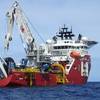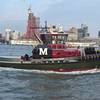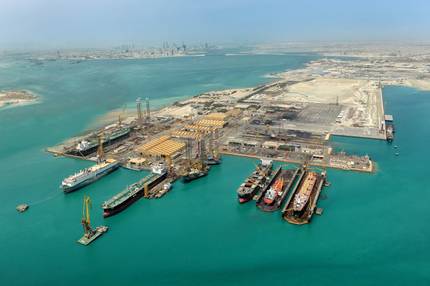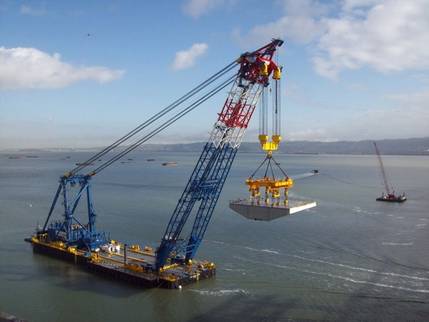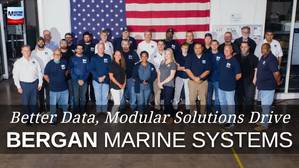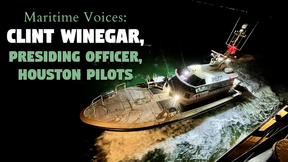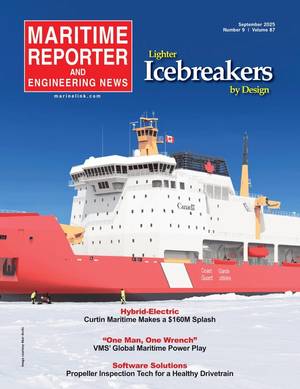The 2001 “Best of What’s New” Award in General Technology
The annual “Best of What’s New” awards garner extensive media coverage nationwide. This year’s award presentations will be covered by several network and cable programs, and the magazine will also host a special 2-hour satellite media tour showcasing the hottest products and technologies from among the award winners.
The Hardsuit 2000 is a one-atmosphere suit, meaning the operator inside its tough shell breathes the same air mixture as someone on land. Thus there are no concerns about potentially lethal decompression sickness, a.k.a. the bends. And despite its 1,700-pound weight, the suit is highly maneuverable once it's in the water, thanks to a pair of side-mounted thrusters. "You can spin on a dime, hover against the current, or lie on your back," says Holmes. "Good pilots can even roll over."
Foot pedals inside the suit control the thrusters. Other key features include hand pods for grasping tools, and oil-filled floating joints for greater arm and leg flexibility. Attached to the helmet is a sonar device, as well as a video camera that enables a supervisor aboard ship to monitor the diver's movements. Adjustable spacer rings on the suit's arms, legs, and waist enable people of varying heights and weights to fit comfortably inside.
During a rescue mission, divers wearing the new suit will be attached to a frame assembly and lowered to within 30 feet of the targeted depth. They will then un-tether themselves, make their way to the stricken sub, and clear debris from its hatches so that a rescue vehicle can dock and evacuate survivors. The target doesn't have to be a submarine, notes Holmes. The Hardsuit 2000 holds enough oxygen for an 8- to 10-hour mission. The primary advantage of the Hardsuit 2000 for Navy divers, as with all Atmospheric Diving Suits, is the elimination of the compression and decompression hazards associated with the typical ambient pressure diver. The Hardsuit 2000 can make numerous excursions up and down the water column, limited only by its life support duration, without decompressing or the concerns of the bends. Additionally, since the diver is at atmospheric pressure, upon exiting the water, the pilot does not have to spend days decompressing, as would the typical saturation diver. A general rule of thumb for saturation diving is a day of decompression for every 100 feet (or 30.5 meters) plus one day, i.e. a dive to only 1000 feet (or 304.8 meters) would require approximately 11 days of decompression.
The U.S. Navy plans to purchase four suits, at $2.7 million each, including frame assemblies. The Vancouver-based manufacturer, Hardsuits, will likely produce similar devices for other navies, and also plans to develop a commercial version for use in deep-water oil drilling operations. The Hardsuit 2000 is the most intricate diving suit ever developed for the Navy. When commercial versions have been developed, they will provide the Navy with a not-so-obvious benefit -- plenty of spare parts at a lower cost should they be needed. In the future, when members of a submarine crew find themselves stranded in a hulk of metal at the bottom of the sea, they can hope for the sound of those footsteps outside the hull. Source: NAVSEA Newswire



